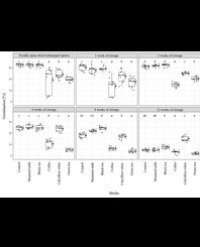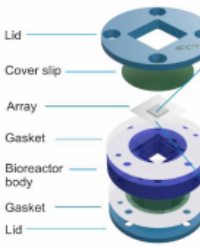
Dosimetric Impact of Vascular Access Ports in Proton Therapy
Implanted ports are commonly used to deliver chemotherapy as part of chemoradiotherapy. The Department of Radiation Oncology must consider the impact of materials of construction of implanted ports on the alteration of radiation beam(s). The purpose of the current investigation was to evaluate the dosimetric consequences of having commercially available ports in the path of various therapeutic proton radiation beams. Proton beam range and intensity profiles were analyzed for changes when a vascular access port was introduced into the path of the beam. Clinically available energies were considered from a cyclotron at 51 MeV, 100 MeV, 150 MeV and 200 MeV. Three (n=3) different commercially available ports were investigated, including models from two different manufacturers. Each port was composed primarily of, or entirely of, plastic. Having ports in the therapeutic beam caused the Bragg peak to shift to a shallower depth, moving the proton beam range -0.6 cm to -1.4 cm. A high drop in profile intensity was observed at all proton beam energies, dropping the intensity from a normally flat profile down -67% to -96%. The full-width half maximums (FWHMs) of the dose drop region varies between -1.70 cm and -2.60 cm. Each port resulted in observed variations, with shifts more pronounced at lower proton beam energies. No single port yielded results that suggest the ability to achieve optimal proton beam radiation therapy dosing when the beam traverses the port. Clinical strategies for avoidance may include placement of dense implants at alternate site away from the treatment area, removal of dense implants, or adjustment of the gantry angle to avoid the implant altogether. The current study may be considered by physicians and medical physicists who are responsible for chemoradiotherapy, PBT planning, dosing, and administration to optimize care delivery in this setting.
Michael S. Gossman¹,², Tianyu Zhao³, and Yao Hao³




